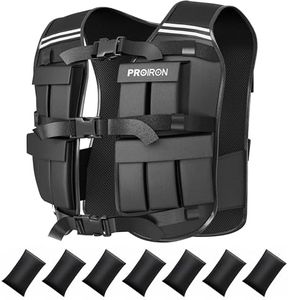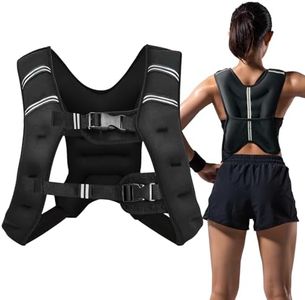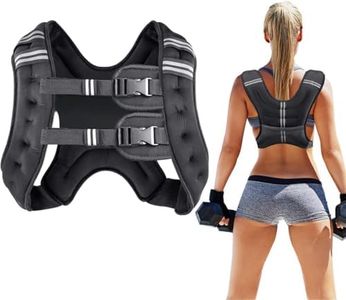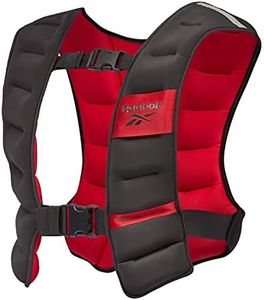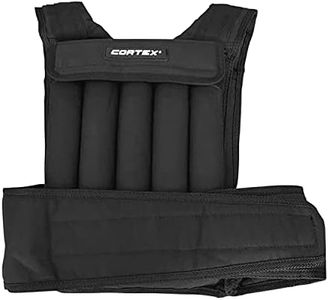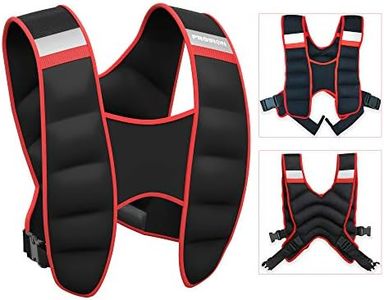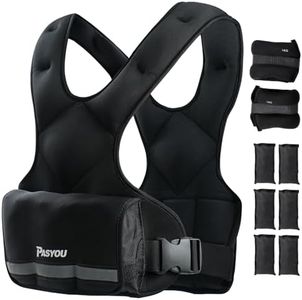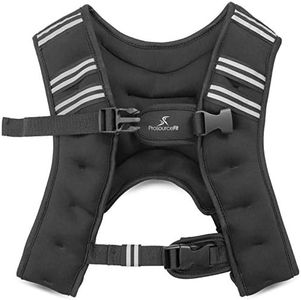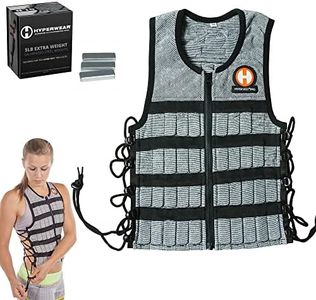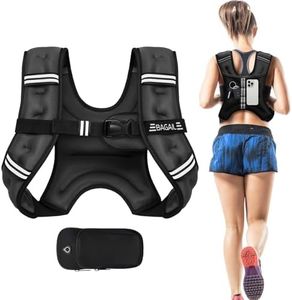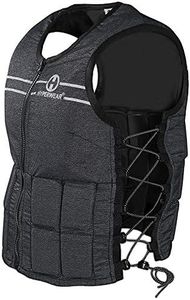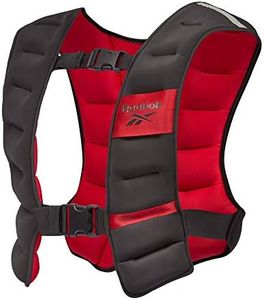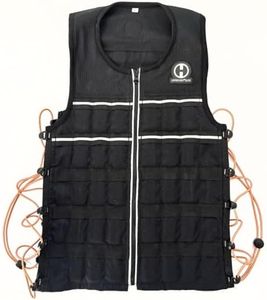We Use CookiesWe use cookies to enhance the security, performance,
functionality and for analytical and promotional activities. By continuing to browse this site you
are agreeing to our privacy policy
10 Best Weight Vests
From leading brands and best sellers available on the web.Buying Guide for the Best Weight Vests
Choosing a weight vest can enhance your workouts, whether you’re running, doing bodyweight exercises, or training for strength. The right vest turns your own movement into resistance training, helping you build strength and endurance. To pick the best one for you, it’s important to think about your activity type, comfort, and adjustability so that you can use it safely and enjoyably.Weight CapacityWeight capacity is the maximum amount of weight the vest can hold. This is important because it determines the level of resistance you can add to your training. Generally, vests come with a fixed weight or with adjustable pockets that allow you to add or remove weight as needed. Light vests (under 10 kg or 20 lbs) are great for beginners or cardio, medium vests (10-20 kg or 20-45 lbs) suit people looking to add a moderate challenge, and heavy vests (over 20 kg or 45 lbs) are best for advanced strength workouts. Choose a weight range that matches your current fitness level but also gives room for you to progress.
Fit and AdjustabilityFit and adjustability refer to how well the vest conforms to your body and how easily you can adjust it for comfort and stability. This is crucial because a poorly fitting vest can cause chafing, discomfort, or even injury. Vests that have adjustable straps or elastic sides allow you to make sure it sits snugly but comfortably, preventing it from bouncing during movement. If you plan on running or doing high-movement exercises, a highly adjustable vest is best, while for more static exercises, a simple pull-over vest may be sufficient.
Material and DurabilityThe material and overall durability of a weight vest matter because the vest will endure sweat, stretching, and occasional drops. Materials like reinforced nylon or Cordura fabric are known for their durability and ability to handle repeated use and washing. If you plan to use the vest indoors occasionally, durability may be less of an issue, but for outdoor, intense, or long-term use, investing in stronger fabric will pay off in the long run.
Comfort and PaddingComfort and padding ensure you can wear the vest for longer periods without irritation. Well-padded shoulder and chest areas help distribute the weight evenly and reduce pressure points. Thin or poorly padded vests can cause soreness, making your workouts unpleasant. If you have sensitive skin or plan to wear the vest for long sessions, focus on options with generous, well-placed padding.
Weight DistributionWeight distribution refers to how the vest spreads the weight across your chest, back, and shoulders. Balanced distribution is important to prevent straining your back or feeling lopsided during exercise. Some vests distribute all weight on the front and back, while others may be top-heavy or bottom-heavy. For balanced workouts and minimized risk of injury, pick a vest known for even weight spread, especially if you’re new to using one.
Ease of Loading/UnloadingThis is about how simple it is to add or remove weight from the vest. Some vests come with easy-access pockets or removable inserts, making it quick to change the load between different exercises or users. Others have fixed weights that can’t be adjusted. If you want flexibility in your workouts or if multiple people will use the vest, look for easy and safe loading mechanisms.
